
As the eCommerce sector continues to grow, the demand for faster and more efficient delivery solutions has increased exponentially. The last mile accounts for 35-50% of the total delivery cost across all modes of transportation. To keep up with the ever-changing industry landscape, companies have been exploring innovative technologies to streamline their last-mile delivery processes. Drones and last-mile delivery technologies like autonomous delivery systems, en-route manufacturing, robotic stores on wheels, and delivery lockers and storage systems are some of the most promising solutions for the future of eCommerce. They have the potential to revolutionize the way goods are delivered, allowing companies to deliver goods faster, more cost-effectively, and improve reliability. By combining the power of emerging technologies with the flexibility of existing systems, eCommerce companies can drastically improve their operations and customer experience.
In this article, we will explore the potential of drones and last-mile delivery technologies and how they are shaping the future of eCommerce.
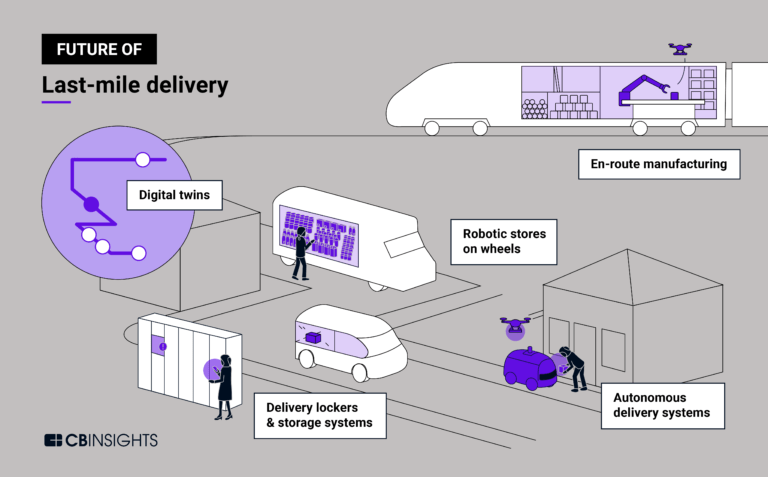
What is Last-Mile Delivery?
Last-mile delivery is the final leg of distribution involving the delivery of goods from a distribution center to the end consumer. This fast-growing industry is becoming more critical as a large portion of the total delivery cost can be associated with the final leg of distribution. This is becoming more evident through all modes of transportation, including trains, planes, automobiles, and even boats.
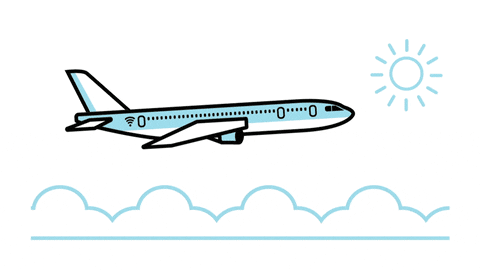
It also poses a major challenge for many eCommerce brands because it can be difficult to execute. Companies must find supply chain partners that can deliver their products to every customer in a timely manner, regardless of the location. In addition, deliveries must be made safely and efficiently.
What Last-Mile Delivery Technologies Means for Retailers
Since the pandemic, we have seen major eCommerce retailers like Amazon, Walmart, & Target continue to innovate, pushing for fast delivery, making the competition fierce, and raising consumer expectations for convenient, fast, and affordable delivery options. This shift in consumer behavior has placed substantial pressure on retailers’ bottom line.
In a recent online survey, online shoppers cited shorter delivery times as the determining factor for placing an online order. Speed is becoming the metric online shoppers use to influence purchasing decisions. For eCommerce retailers to improve the speed at an affordable rate, retailers and brands are increasingly looking to improve delivery economics.
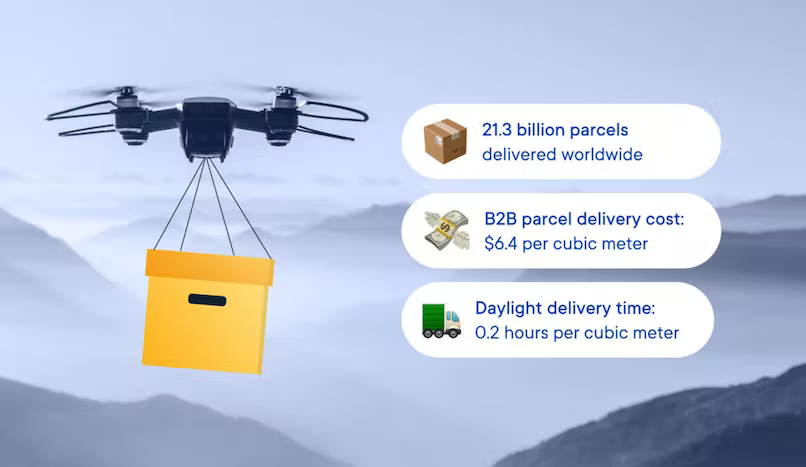
Types of Last-Mile Delivery Technologies
Autonomous delivery: Completely automating the last mile of delivery by combining a variety of technologies, including automated vehicles, drones, and autonomous vans.
En-route Manufacturing: Allows for the manufacturing of items during transit to their destination, allowing for quicker delivery as well as more personalization of products.
Robotic Stores on Wheels: Also known as store-hailing, robotic stores on wheels allow shoppers to call a delivery vehicle to their door and choose their items directly from the vehicle.
Delivery Lockers & Storage Systems: Delivery lockers and storage systems allow brands to deliver bulk orders to a commercial location rather than individually shipping to the end consumer.
Delivery Drones: Drones are unmanned aircraft that are controlled remotely. Drones are currently the most widely used remote-controlled device.
The last-mile industry is expanding, and various new solutions have been created to provide package delivery services for businesses and consumers alike. For example, there are now expansive networks of drivers that are sourced through crowdsourcing, as well as in-app navigation, to ensure efficient delivery tracking and management. All of these new technologies are paving the way for a promising future.
The Rise of Drones for Last-Mile Delivery
Drones are used for a wide range of applications, including military operations, agriculture, search and rescue operations, and eCommerce. Drones have the potential to revolutionize the last-mile delivery sector. They are highly autonomous and can operate without the presence of humans. Therefore, they are an attractive option for eCommerce companies that want to minimize their carbon footprints and operating costs. Furthermore, they can be programmed to deliver goods at specific times and locations, which can help to ensure that goods arrive on time.
Amazon continues to spearhead this technology with its Prime Air, Amazon’s drone delivery program which is currently serving California and Texas. The retail giant is hoping to speed up their last mile deliveries from 1-2 days to less than an hour. In August 2022, Amazon received the green light from the FAA to fly delivery drones with a minimum payload of 5 lbs each. A 5 lb payload represents roughly 85% of the company’s last-mile shipments.
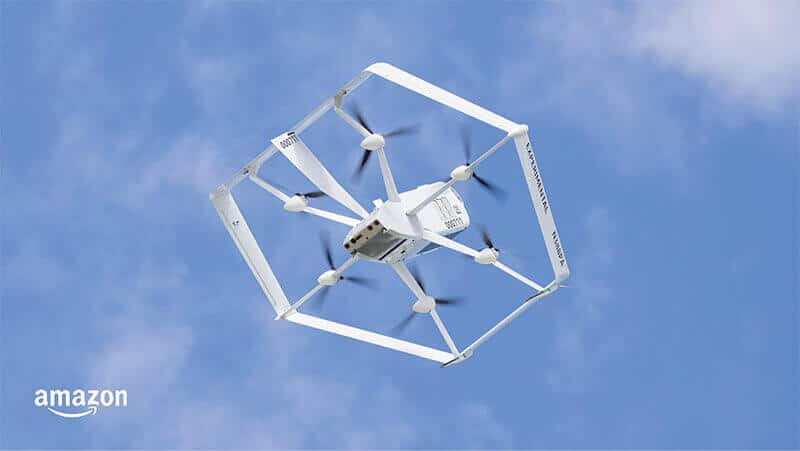
Amazon is not alone in this space, Wamart has made over 6,000 drone delivery in 2022 with the goal of shipping 1 million packages by drone annually.
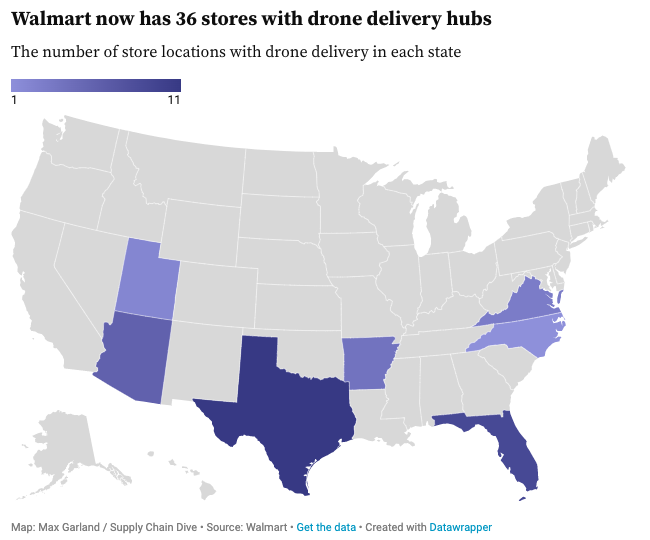
Challenges of Drones for Last-Mile Delivery
Drone Regulations: Federal and local governments have been slow to approve drone regulations. This has made it difficult for eCommerce companies to implement drone delivery in their operations. Moreover, regulations vary from state to state.
Weather Conditions: Drones can be used in all weather conditions. However, they might be affected by high winds. High winds can disrupt the flight path of drones and prevent them from reaching their destinations.
Battery Life: Drones have limited battery life. Therefore, they must be recharged or exchanged for a new battery after every delivery. This can significantly increase the time it takes to make a delivery. The length of the drone flight depends on several factors, including the weight of the package and the weather conditions.
Infrastructure: Drones can be used to deliver goods in remote areas. However, companies must have safe landing spots to land and charge their drones.
Some additional concerns noted by the FAA include
- Drones crashing into homes and people
- Propellers causing injuries to people
- Drones are loud and can lead to hearing loss
- Hacking concerns as drones use computer systems and are vulnerable to hackers
- Privacy Concerns as drones can hover over the property to look into homes or yards
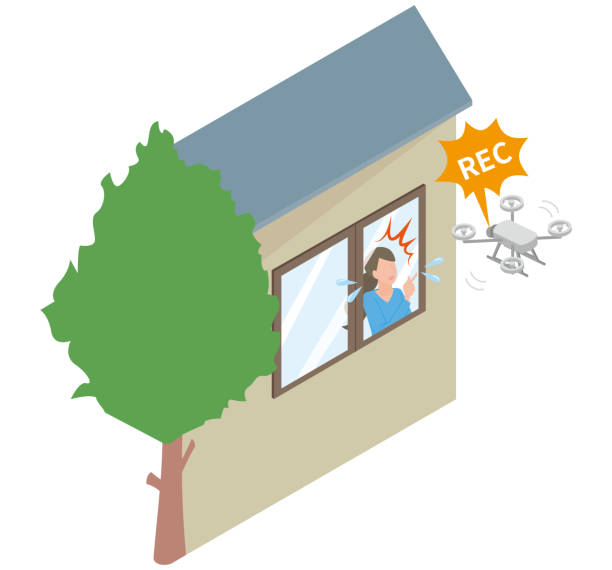
The Future of Last-Mile Delivery
As the eCommerce market continues to grow, the demand for faster delivery services will increase. This will be one of the main driving forces behind developing new last-mile delivery technologies. Companies have already explored emerging technologies to improve their last-mile delivery operations. The potential benefits of drones and other last-mile delivery technologies are enormous. They can help eCommerce companies to reduce their operating costs, increase the speed at which goods are delivered, and reduces carbon emissions. The future of last-mile delivery is promising. It will be interesting to see how companies utilize new technologies to revolutionize their operations.
Sources:
- https://www.deloitte.com/global/en/Industries/consumer/perspectives/last-mile-delivery-landscape-transportation-sector.html
- https://www.supplychainbrain.com/blogs/1-think-tank/post/35827-the-promising-future-of-last-mile-delivery
- https://www.digitalcommerce360.com/2022/09/22/the-shopper-speaks-is-free-shipping-still-everything-to-online-shoppers/
- https://getcircuit.com/route-planner/blog/the-future-of-last-mile-delivery-2021
- https://www.cbinsights.com/research/report/future-of-last-mile-delivery/#:~:text=The%20future%20of%20last%2Dmile%20delivery%20will%20be%20built%20on,to%20minimize%20last%2Dmile%20inefficiencies
- https://www.sostocked.com/60-minute-amazon-drone-delivery-is-now-a-reality/
- https://www.retaildive.com/news/walmart-6000-drone-deliveries-droneup-flytrex-zipline-2022/639837/
Contact BellaVix if you need help and guidance accelerating your online presence!
Keep up with the latest Amazon and Walmart news updates and subscribe to our BellaVix newsletter 👇👇👇
